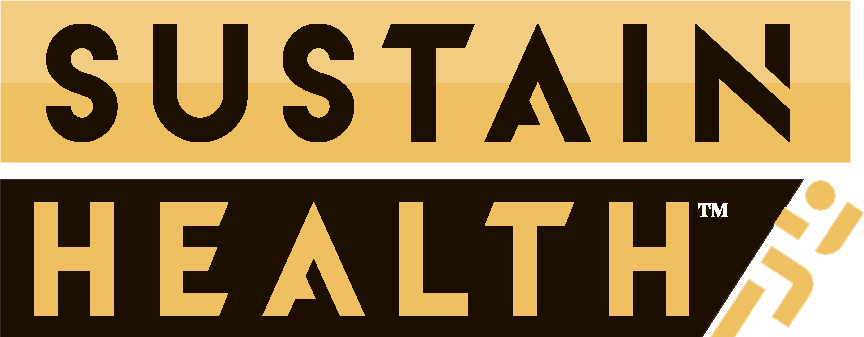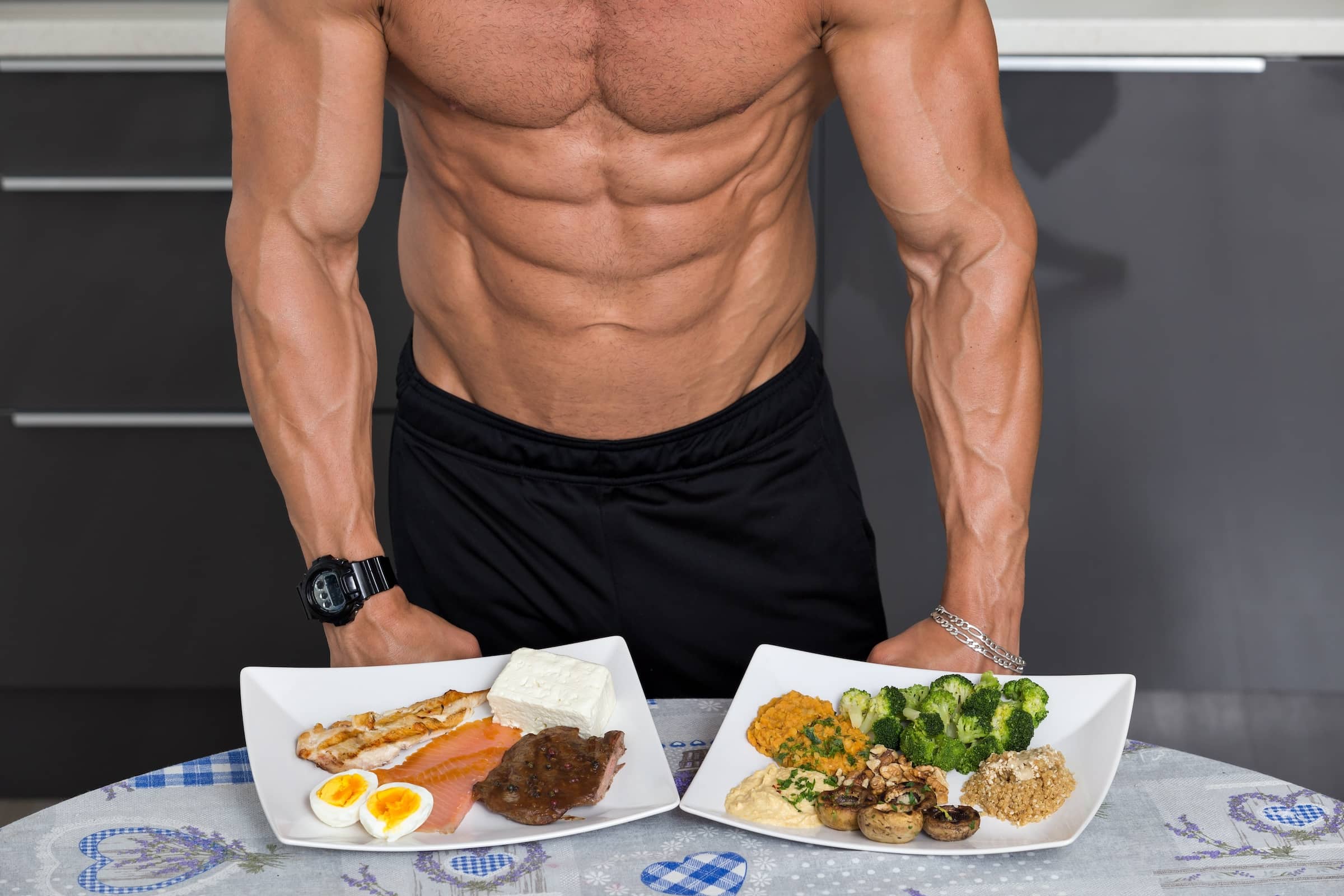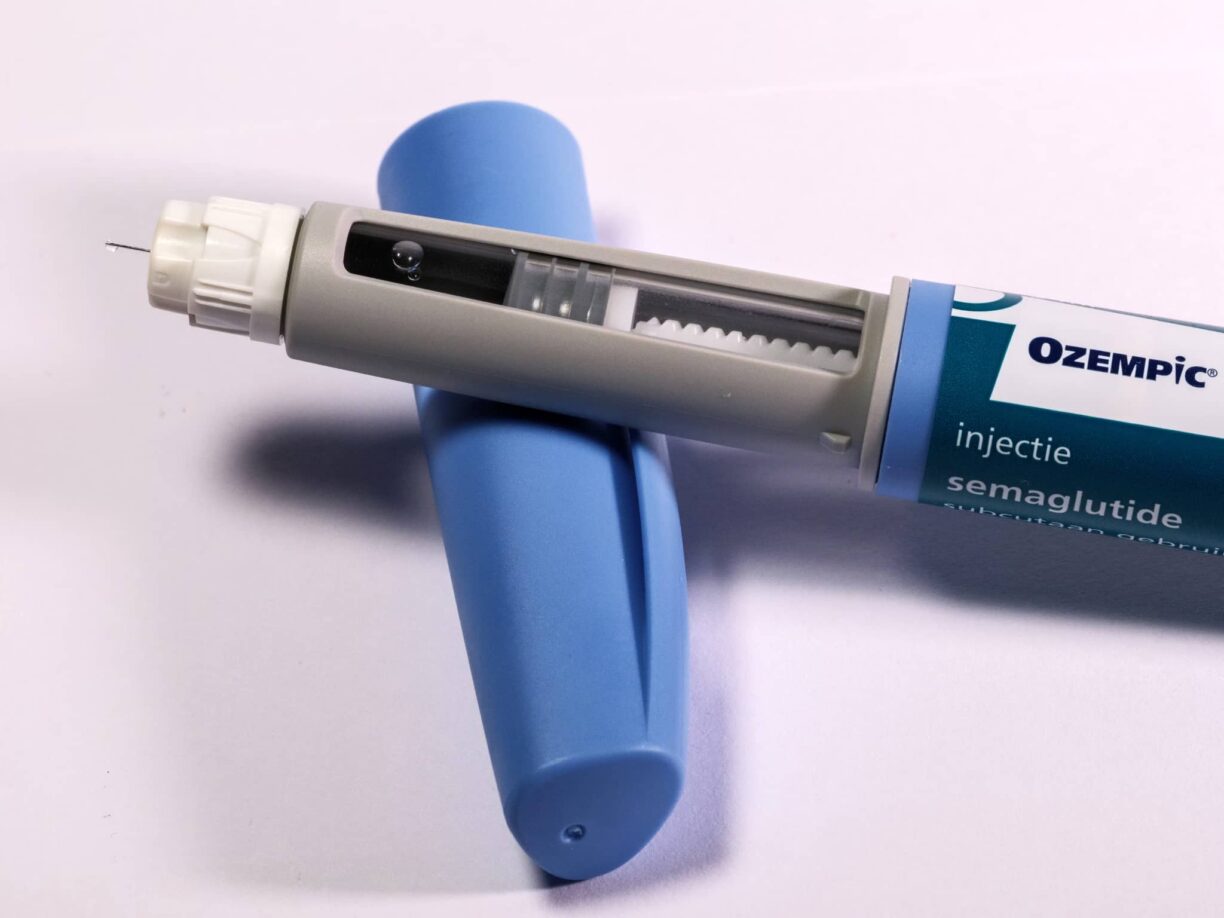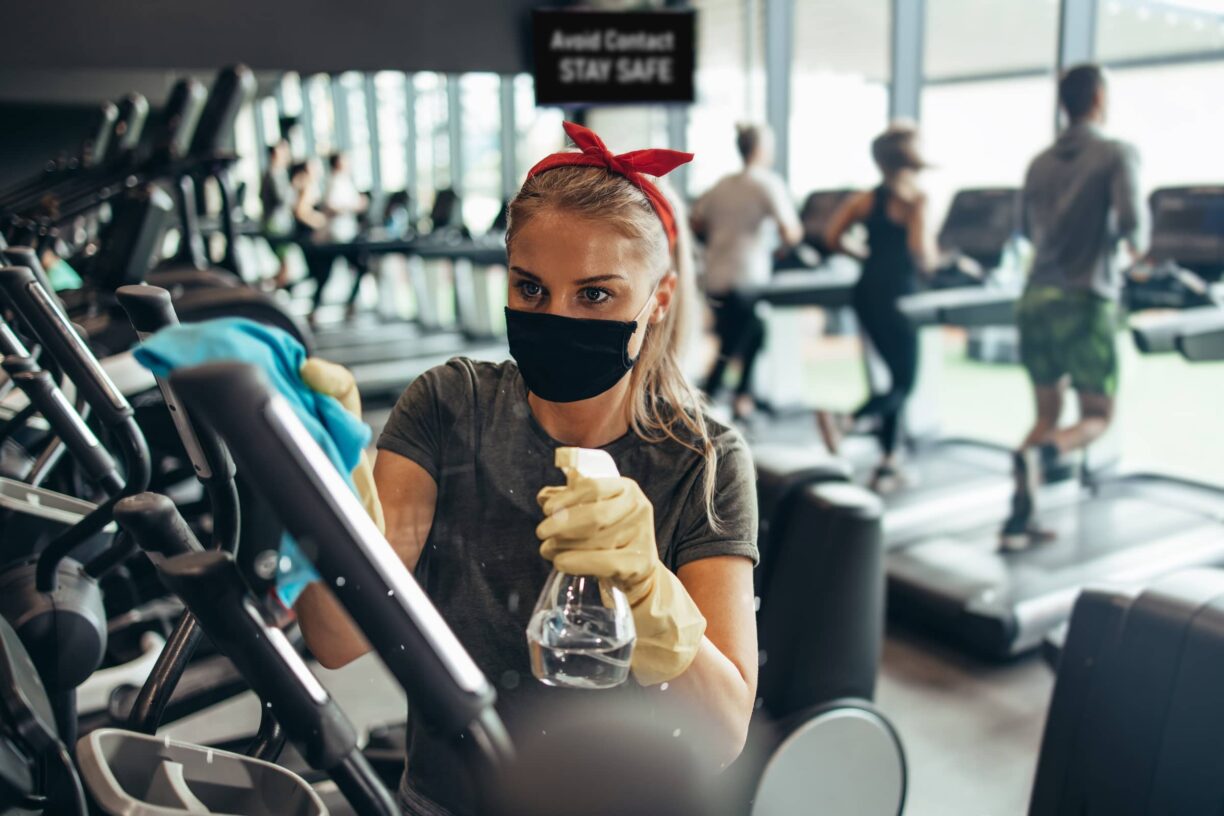I’ve tried many diets to manage my weight, but none worked well until I found the Vertical Diet. It changed how I see nutrition and health.
The Vertical Diet isn’t just a fad—it’s a science-based system crafted to enhance performance and boost overall wellness.
This plan focuses on nutrient-rich foods and strategic supplements, ensuring your body is set up for success.
What is the Vertical Diet?
The Vertical Diet is a plan made by powerlifter Stan Efferding. It’s aimed at boosting athletic performance and aiding in recovery for athletes.
Unlike other diets, it focuses on a few high-quality foods that are easy to digest.
Optimizing Nutrition for Athletes
Efferding believes in the Vertical Diet’s method of limiting food choices. This makes the body better at digesting and absorbing important nutrients. It helps with muscle growth, recovery, gut health, and metabolism – all key for athletes.
- The diet recommends foods like white rice, red meat, and salmon for energy and building blocks for training and recovery.
- Foods like garlic, onions, and cruciferous vegetables are limited or avoided to prevent digestive issues and gas that can hurt performance.
- It also stresses the importance of electrolyte balance and hydration through certain foods and supplements.
Many athletes like the Vertical Diet, but it’s wise to talk to a dietitian or healthcare provider. This ensures the diet meets your health and fitness goals.
How the Vertical Diet Works
This diet is all about the right mix of macronutrients. It suggests 0.8-1.2 grams of protein, 0.4-0.7 grams of fat, and 1-2 grams of carbs per pound of body weight.
This ensures you get enough calories for muscle gain and helps with recovery after hard training.
- Red meat is the top choice for protein because it’s packed with vitamins, minerals, and creatine.
- White rice is best for carbs because it’s easy to digest and full of minerals.
- Low-FODMAP veggies like spinach, bell peppers, and carrots are great for their nutrients and easy digestion.
- Fatty fish, such as wild-caught salmon, are added for their Omega-3s, which aid in recovery and health.
The diet avoids hard-to-digest foods like high-FODMAP veggies, legumes, brown rice, and grains. This helps with digestive health and better nutrient absorption. It supports muscle gain and recovery.
By incorporating mindful eating practices into the Vertical Diet, you can tailor your nutrition to your goals.
Whether you need a calorie surplus for muscle growth, a low-carb diet, or intermittent fasting, focus on whole foods that are nutrient-dense and easy to digest. These foods help with your training and recovery efforts.
Benefits of Vertical Diet
It provides significant advantages for both performance and nutrition, making it a well-rounded and effective way to fuel the body.
- Improved Digestion
The Vertical Diet focuses on easily digestible foods like white rice and red meat, which helps reduce bloating and digestive discomfort. This allows your body to absorb nutrients more efficiently.
- Increased Energy Levels
By emphasizing nutrient-dense foods, the Vertical Diet provides a steady supply of energy throughout the day. This has been particularly beneficial for enhancing athletic performance and overall daily productivity.
- Muscle Growth and Fat Loss
The diet’s emphasis on high-quality protein and nutrient timing supports muscle growth while also aiding in fat loss. It’s designed to fuel workouts effectively and promote recovery.
- Simplicity and Sustainability
The Vertical Diet’s straightforward approach to nutrition makes it easier to follow long-term. The focus on a limited variety of foods reduces meal prep time and decision fatigue, making it a sustainable choice for many.
- Customized Nutrition
The Vertical Diet allows for adjustments based on individual needs, making it adaptable to various fitness goals and dietary preferences. This personalized approach can lead to better overall health outcomes.
Conclusion
The Vertical Diet might help some people, like bodybuilders and athletes, grow muscle. It focuses on easy-to-digest, high-calorie foods like red meat and white rice. This can help with gaining muscle by eating more calories than you burn.
It also limits foods high in FODMAPs, which can ease digestive issues in people with irritable bowel syndrome (IBS).
But, the Vertical Diet has its downsides. It lacks fiber and prebiotics, which are key for a healthy gut. Eating a lot of red meat can be bad for your heart because of the high saturated fat and cholesterol.
Also, it’s not good for vegetarians or vegans because it focuses on animal-based proteins.
While it might help some in the short term, the Vertical Diet’s long-term benefits are unsure. A balanced diet with many different foods is usually better for everyone. It’s more likely to improve health and wellness over time.





